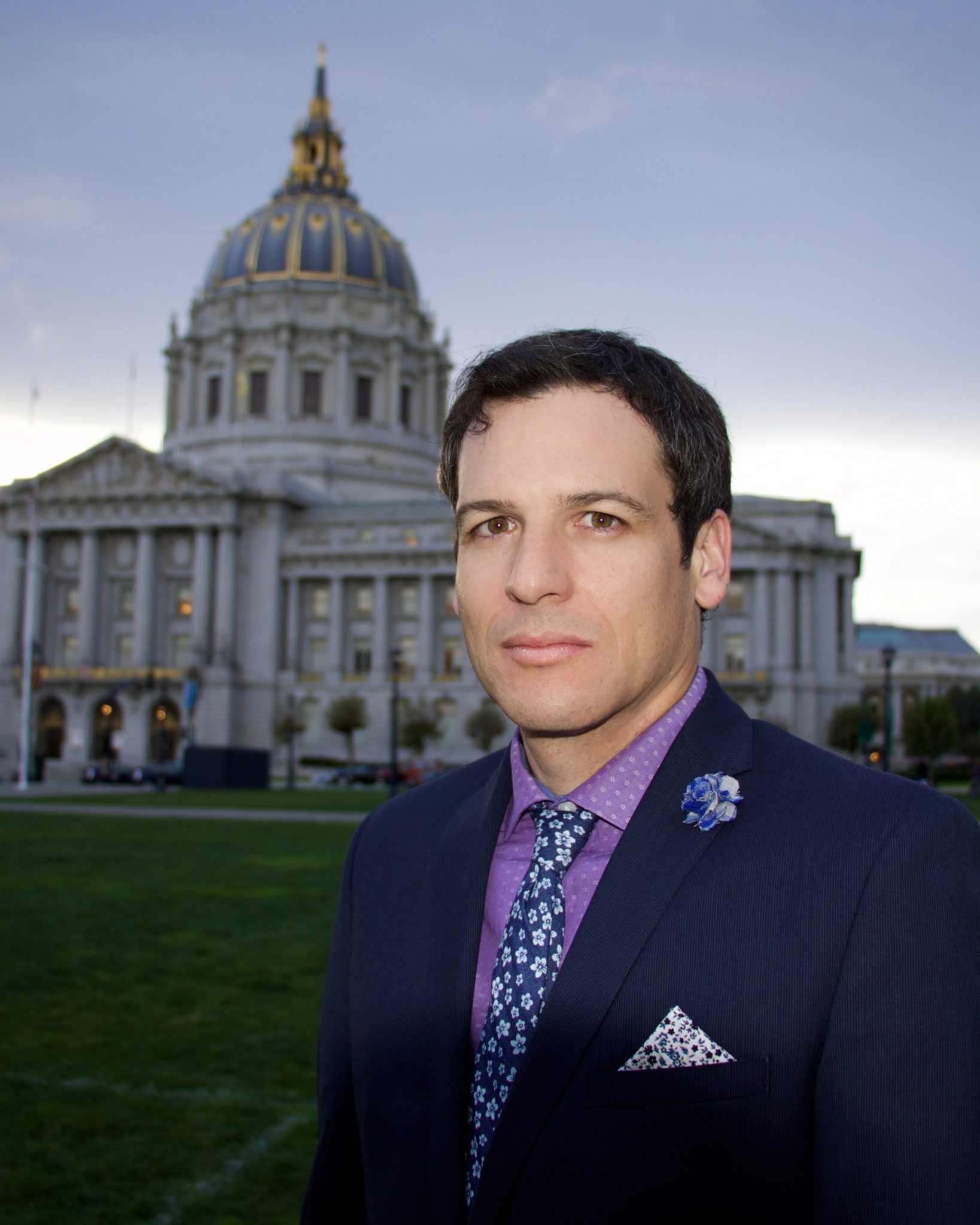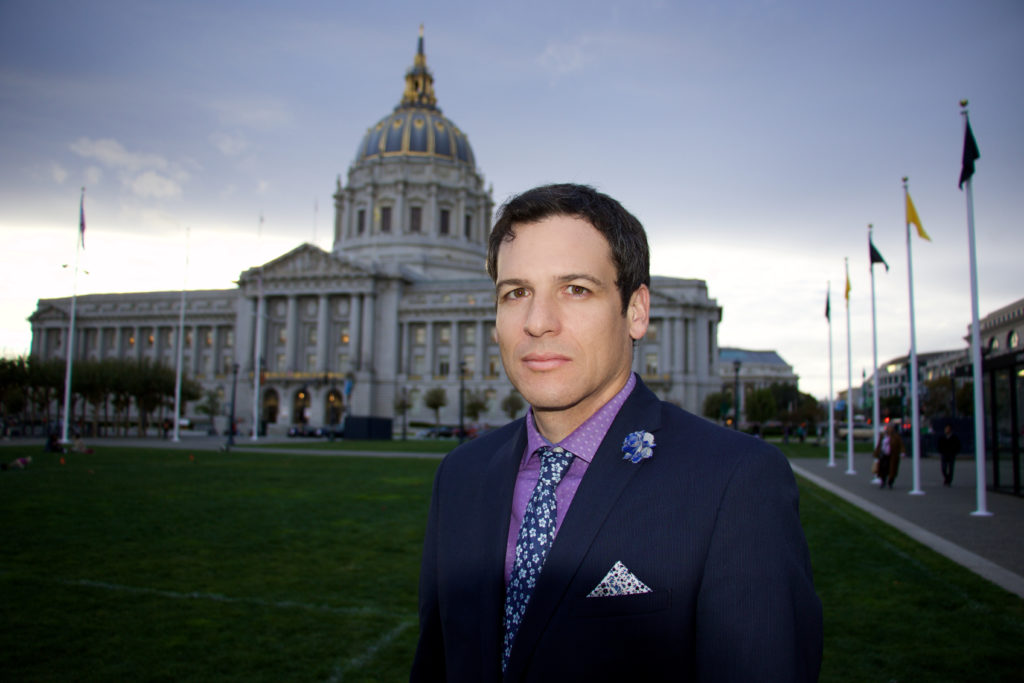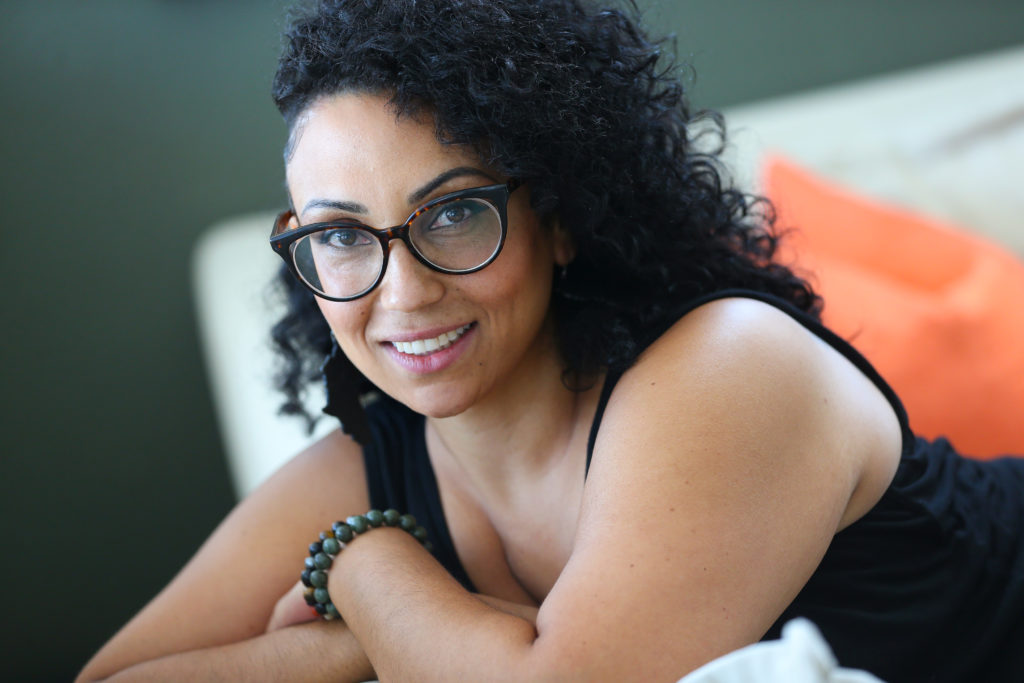In these pandemic times, the video call has become an invaluable tool for staying in touch with family, friends and colleagues. But that doesn’t necessarily mean that it’s easy to put yourself in front of the camera.
Some people address the problem by showing up to meetings and social calls with cameras turned off. While that might make the camera-shy feel more comfortable, it might not be the best way of communicating.
So how can we go about looking our best on camera and making ourselves feel comfortable on video calls — all for the purpose of better communication? We asked Santa Rosa-based independent filmmaker and Emmy-nominated television producer Joshua Dylan Mellars for some tips.
Should we even bother putting effort into our online image?
“You shouldn’t feel bad about trying to make yourself and your surroundings look good,” says Mellars. “It’s a form of communication. In the times we’re living in now, it’s a principal form of communication.”
Whether filming an actor or someone in a documentary, Mellars always pays attention to a variety of details in order to capture subjects in the best possible light.
Camera angles, lighting and sound affect how a person is perceived. When these elements aren’t working well, it can be a distraction. “Things can come out harsher or distorted in this medium if you aren’t careful,” he says.
So before turning the camera on, give a little thought to what you are about, what your purpose is and how attention to a few elements will make for better communication. When these elements work in harmony, they have palpable positive effects on both the viewer and yourself: the communication experience becomes more engaging and edifying, even entertaining and fun.

Be guided by the natural light
Mellars says that finding a spot that has the most flattering light should dictate where you place the camera or, in this case, laptop or smartphone.
When you don’t have a complex set of professional lights and lighting technicians at your disposal, like on a Hollywood film set, it’s important that you find the best available light and set up your shot to make the best use of what you have at your disposal.
Whether he’s filming indoors or outdoors, Mellars looks carefully at where the light falls naturally before deciding where and how to frame the shot.
“The sun is a free, natural light source that is always on during the day” he says. He explains that a diffuse, soft, even light — the kind of light that might come through a window — tends to be more flattering for a webcam type of setting.
Make sure to position yourself directly facing the window so that there’s no shadow on either side of your face. Note that indirect sunlight is probably preferable. Direct sunlight — when you can actually see the sun through the window — should be avoided because it casts its light directly on you and in the process creates undesirable pronounced shadows.
Add an artificial light source if necessary
If you’re not using daylight as your light source, for example when you are doing a video call at night, find a lamp with a good shade to soften the light.
Again, positioning of the light is crucial: the light source should be at eye level or a little higher. Avoid ceiling lights. They cast light directly downward, lighting the face in an unflattering way. Lights from a very low angle will similarly cast undesirable shadows on the face.
If you would like to invest a little more in your lighting setup, borrow from the techniques of classic Hollywood by using three light sources, says Mellars.
Using this technique, the main or key light is placed in front of your face and slightly to one side to illuminate your face at an angle. A second, softer fill light is positioned in front of the face on the opposite side to fill in the shadow created by the key light.
Finally, a third light is placed behind you on one side or the other and pointed to illuminate the hair. This light helps make you stand out from the background. (This kind of backlight is inadvisable when the subject is bald, as the lighting effect creates a shine on the scalp.)
Apply the Goldilocks principle when choosing a background
Backgrounds shouldn’t be too distracting. “You don’t want whatever is in the background to upstage you,” says Mellars. But you don’t want your background to be too plain either. “There are few things that are less dynamic than a bare white wall.”
Start by adding some space between you and the wall behind you. “Try to create a sense of perspective, depth and texture in the image,” says Mellars.
Then use the simple trick of adding a subtle light source, like a lamp with a shade, somewhere in the background. It shouldn’t be too bright because you don’t want that light to create an ugly backlight effect. What you are looking to accomplish is a slight accent in the background.
“Think about everything that is in the frame just like a painter would do,” says Mellars. “What’s on the top edge, what’s on the bottom edge, what’s on the right edge, what’s on the left edge, and what’s in the middle … How is the composition? Is it cluttered? Is it too empty?”
By moving your lens (or laptop) even subtly to the left or the right, or a little up or down, you can find things in the background that look good and crop out objects that would take away from the composition.
“Don’t be afraid to remove items from the background that are taking away from the image. At the same time, feel free to place items in the frame that might make it a better shot — perhaps a vase with flowers, a beautiful lamp or a colorful cushion,” says Mellars.
Find your best angle
When you are composing a shot, play around with where to best position yourself in relation to the camera or, in this case, in relation to your laptop or smartphone.
Find the angle that’s right for you, advises Mellars. Some people might benefit from a closer shot, while others might look better with a so called mid-shot in which you see more of the torso.
“You’re going to look the best, and probably communicate most effectively, when you feel comfortable and confident,” says Mellars.
Mellars suggests placing the camera at eye level or slightly higher, though not too high since this will make you look smaller. Likewise, try to avoid filming yourself from a low angle.
Rather than just putting your laptop on a table, use some books or a stand to raise the filming height of your computer. This inexpensive adjustment can help you avoid those lower angle shots that accentuate the neck in an unflattering way, particularly when they are close-up shots.
“I’m sure there are people who have great necks,” says Mellars “but usually it’s not the best angle.”
Don’t forget the sound
Mellars says that poor sound quality can ruin a movie and make it unwatchable. So paying close attention to recording the best possible sound is just as important as setting up a good shot with proper lighting.
First, make sure that you have the best possible internet connection as this might otherwise interfere with the sound quality. If possible, switch off the wifi on other devices and try to eliminate background noise.
There may be some noises you have no control over, such as outside noise from traffic or barking dogs, but there may be distracting sounds in your home that you can do something about. For example, you should turn off the blaring TV or radio in the other room and you could ask family members or housemates to minimize noise during your call.
Just as you want to consider the best locations for lighting, you may also want to take into consideration the best spots for sound. When Mellars worked in Latin America as a radio correspondent for NPR, the BBC and other media outlets, he would sometimes record reports from inside a closet to avoid picking up sounds from outside.
Put your best face forward
Presenting yourself virtually or on camera is really not that different from presenting yourself in person. It’s a question of using the medium in the best way possible to bring out who you are.
In real life, a variety of elements come together to make an impression on someone else and help you communicate clearly. Most of these cues are subtle but they all aid in getting across your message, says Mellars. With video, you are adapting these things to a digital format.
“Your posture, the way you move, what clothes you wear, how you interact with other people, how you speak and how you listen, how confident and at ease you feel, all have an impact on the way people perceive and receive you,” says Mellars.
For video calls, Mellars suggests picking out an accessory such as a scarf, a tie, a necklace, earrings or other piece of jewelry to add a splash of color and subtly draw people’s attention.
Cameras pick up very slight movements. If you want people to be able to pay attention to you and focus on what you’re saying, try not to move around too much.
“Speak clearly. Listen carefully when other people are talking. You’re aiming to connect. And the best way to make a good connection, no matter the medium, is to be present, engaged and interested in the person that you are talking to,” says Mellars. “The best lighting and technical preparations will be useless if there isn’t a genuine human connection and a real desire to communicate … You can’t fake presence or empathy.”
Finally, remember to have some fun, says Mellars.
“Look at other people’s webcams — be they celebrities, politicians or friends. Study the lighting, look at how they frame the shots, observe what’s in the background, look at what they are wearing and think about the way they present themselves … Rather than seeing video calls as a chore, try to embrace them as an opportunity to be the star of your own show.”














